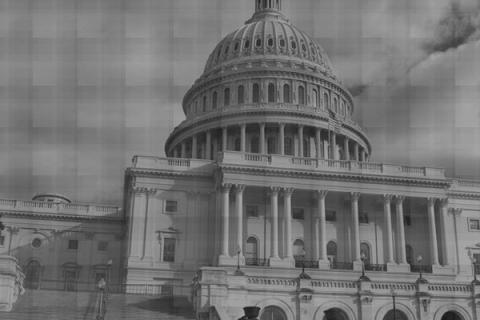In different ways, liberals and conservatives both pine for the 1950s. Liberals mourn the loss of the egalitarian economic arrangements that characterized the postwar decade — the strong unions, the growing middle class, the 90 percent top tax rate, the Keynesian consensus.
Conservatives, meanwhile, see a lot to like in the 1950s social architecture — low divorce rates, high church attendance, strong social solidarity, traditional attitudes toward sexuality and family. It has been said that liberals want to go to work in mid-century America, while conservatives want to go to the bedroom there.
The last two generations, needless to say, have seen the collapse of both the egalitarian economics and the traditional social order of the 1950s. America has become at once more socially inclusive and more economically unequal. The WASP patriarchy is no more, but the gap between the rich and the poor has exploded. America has dramatically expanded opportunities for women and minorities, even as opportunity has declined for its lower and working classes.
In some ways, the Rubio-Schumer immigration reform bill passed by the Senate last week (now being blocked by House Republicans) is a perpetuation of these paradoxical trends.
On the one hand, the passage of the bill would obviously represent another victory for social inclusion. It would allow the huge population of largely Asian and Hispanic undocumented immigrants who are already here to come out of the shadows and enter mainstream American life. And by opening our country to millions of new foreigners from around the world, it would signal the strength of America’s commitment to multiculturalism and racial tolerance.
On the other hand, the immigration bill is designed (at the urging of business interests) to create a substantial influx of low-skilled labor from abroad — at a time when working class Americans’ wages have been plummeting for decades.
The generally favorable CBO report on the bill estimates that it would further push down the wages of the least skilled American workers by about ½ a percent, leave the average American wage modestly reduced, and unemployment slightly higher, for the next decade. Critics have argued that a further increase in low-skilled immigration during a period of anemic social mobility could lock in America’s already frightening level of stratification.
This tension between social and economic equality the immigration debate brings to mind a fascinating, if rather overheated passage by Samuel Goldman in The American Conservative from a few weeks ago:
“In our time, the stories of greater social equality and economic inequality are far from “unrelated”. Rather, social inclusion has been used to legitimize economic inequality by means of familiar arguments about meritocracy. According to this view, it’s fine that the road from Harvard Yard to Wall Street is paved with gold, so long a few representatives of every religion, color, and sexual permutation manage to complete the journey. Superficial diversity at the top thus provides an moral alibi for the gap between the one percent and the rest.”
Goldman’s theory, applied to the immigration debate, would suggest that the political class is content to pass a bill that could worsen the class divide so long as it appeals to their multicultural sensibilities. Rubio-Schumer’s gestures toward social inclusion, Goldman might argue, serve as a “moral alibi” for the economic exclusion it threatens to exacerbate.
Goldman’s argument might be too simplistic, but he is absolutely right that economic egalitarianism has taken a back seat to crusades for social inclusion and diversity. The causes that have animated liberals in recent months are issues of race (think the Trayvon Martin case and the Supreme Court Voting Rights rulings), gender (think the abortion flare-up after Wendy Davis’ Texas filibuster), gay marriage, gun control and now immigration.
None of these priorities (immigration reform in particular) do anything for the economically disadvantaged — even as long-term unemployment continues to do tremendous damage and working class wages continue to slide. In other words, the political left is more interested in completing the destruction of 1950s social and cultural attitudes than in reviving the era’s more egalitarian economic spirit.
None of this is to say that Washington should abandon its efforts to reform our immigration laws. But the final bill should have a lower cap on the number of foreign low-skilled workers who can come to our country and it should be paired with further protections for downscale Americans — because no amount of multiculturalism will negate the socioeconomic stratification that is eating away at our society.
To the contrary: As George Packer wrote, in America’s rural backwaters and exurban slums, social inclusiveness merely “gives an idea of equality, which makes the reality of inequality even more painful.”
I invite you to follow me on Twitter or email me at jawillick at gmail dot com.
